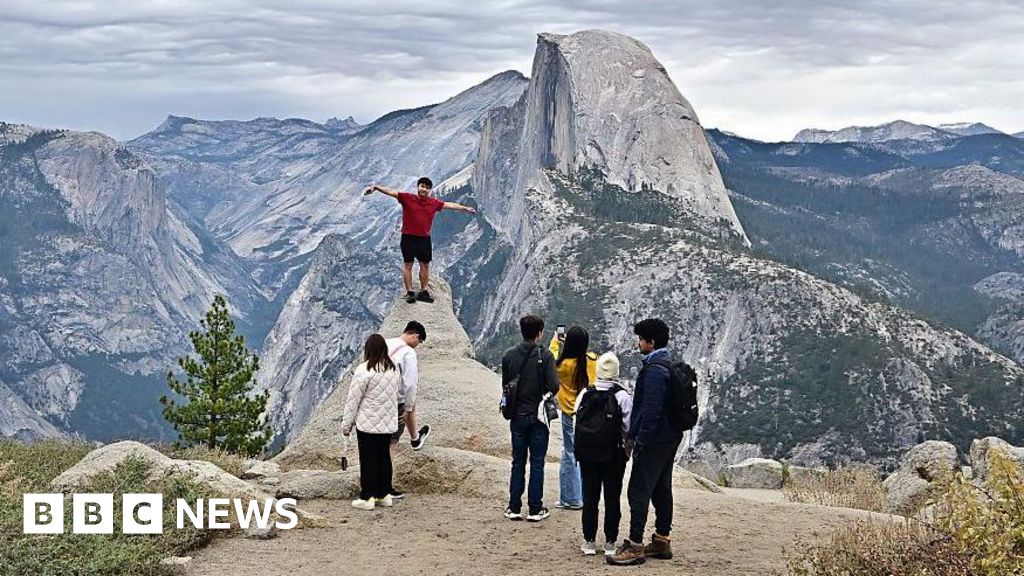Scientists are growing concerned that Antarctica's "Doomsday Glacier" is close to collapse due to violent underwater storms. A new study has revealed that the glacier, officially known as Thwaites Glacier, is losing significant amounts of ice.
Like storms above land, swirling vortexes can form underwater when waters of different temperatures and densities come together. According to Mattia Poinelli, of the University of California, the vortexes "look exactly like a storm" and are "strongly energetic".
As reported by the Daily Mail, the author of the study, which was published in Nature Geosciences, told climate organisation Grist: "There is a very vertical and turbulent motion that happens near the surface. In the future, where there is going to be more warm water, more melting, we’re going to probably see more of these effects in different areas of Antarctica."
The Thwaites Glacier, located in West Antarctica, is the widest glacier in the world. It is nicknamed the "Doomsday Glacier" due to the risk of significant global sea level rise if it were to collapse.
The glacier is roughly 120km wide and covers an area of around 192,000km2 - a similar size to the island of Britain. If the entire ice sheet were to melt, global sea levels would rise by approximately 3.3 meters.
The scientists found evidence of storm-like patterns forming beneath the ice shelves. These swirling currents propagate towards the Thwaites Glacier and melt the ice from below.
Dr Poinelli added: "In the same way hurricanes and other large storms threaten vulnerable coastal regions around the world, submesoscale features in the open ocean propagate toward ice shelves to cause substantial damage. The cause warm water to intrude into cavities beneath the ice, melting them from below."
These underwater storm-like patterns account for up to 20% of total melting under the surface of the sea across the region. Dr Poinelli added that they are the primary drivers of ice loss.
He continued: "This underscores the necessity to incorporate these short–term, 'weatherlike' processes into climate models for more comprehensive and accurate projections of sea level rise."
Rising sea levels mean that cities and towns are more likely to flood in the future. Meanwhile, some small island nations might be gradually plunged underwater, forcing people to emigrate.
The study said:"'As future climate warming implies greater ocean–induced melting, these events will become increasingly frequent, with far–reaching implications for ice–shelf stability and global sea–level rise."

 19 hours ago
2
19 hours ago
2










 English (US) ·
English (US) ·